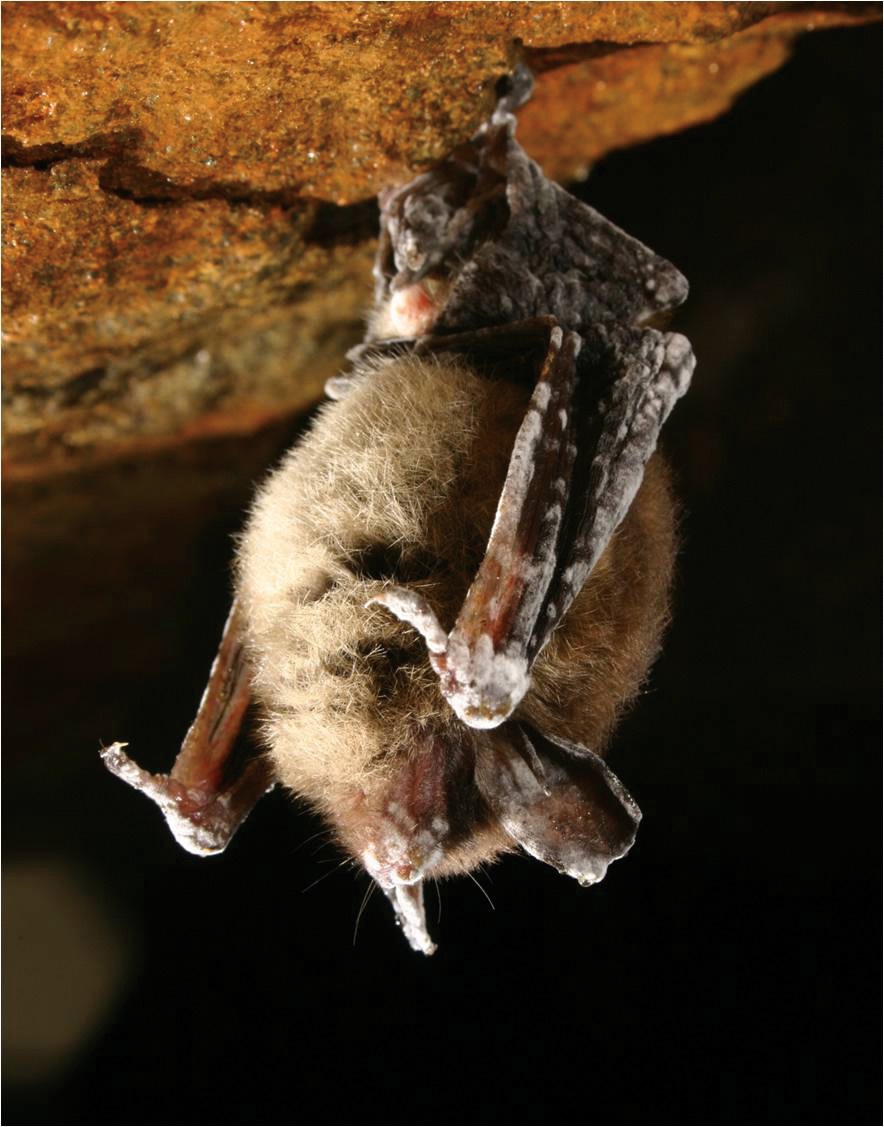Bat plan

Four new grants, totaling almost $300,000, are helping UC Santa Cruz biologists Marm Kilpatrick and Winifred Frick advance research on white-nose syndrome, a malady that has killed more than 6 million bats since 2006.
The pathogenic fungus makes the bats wake from hibernation too frequently. They exhaust their stores of fat and starve to death, explained Kilpatrick, associate professor of ecology and evolutionary biology.
Last November, with grants from the U.S. Fish and Wildlife Service, Bat Conservation International, and the Nature Conservancy, Kilpatrick and Frick started field trials with potential treatments.
Earlier work by UC Santa Cruz graduate student Joseph Hoyt showed that some bats have skin bacteria that inhibit the fungus.
In the trials, groups of bats roosting in a mine got their skin sprayed with one of three things: Hoyt’s fungus-killing bacteria, an anti-fungal extract made from chitosan (a protein in the outer skeleton of insects), or a treatment-free control.
The bats were tagged with a device to record when each animal left the mine. If the treatments work, the bats will survive until spring when flying insects return.
“If this works,” said Kilpatrick, “we could help species heavily impacted by disease.”

